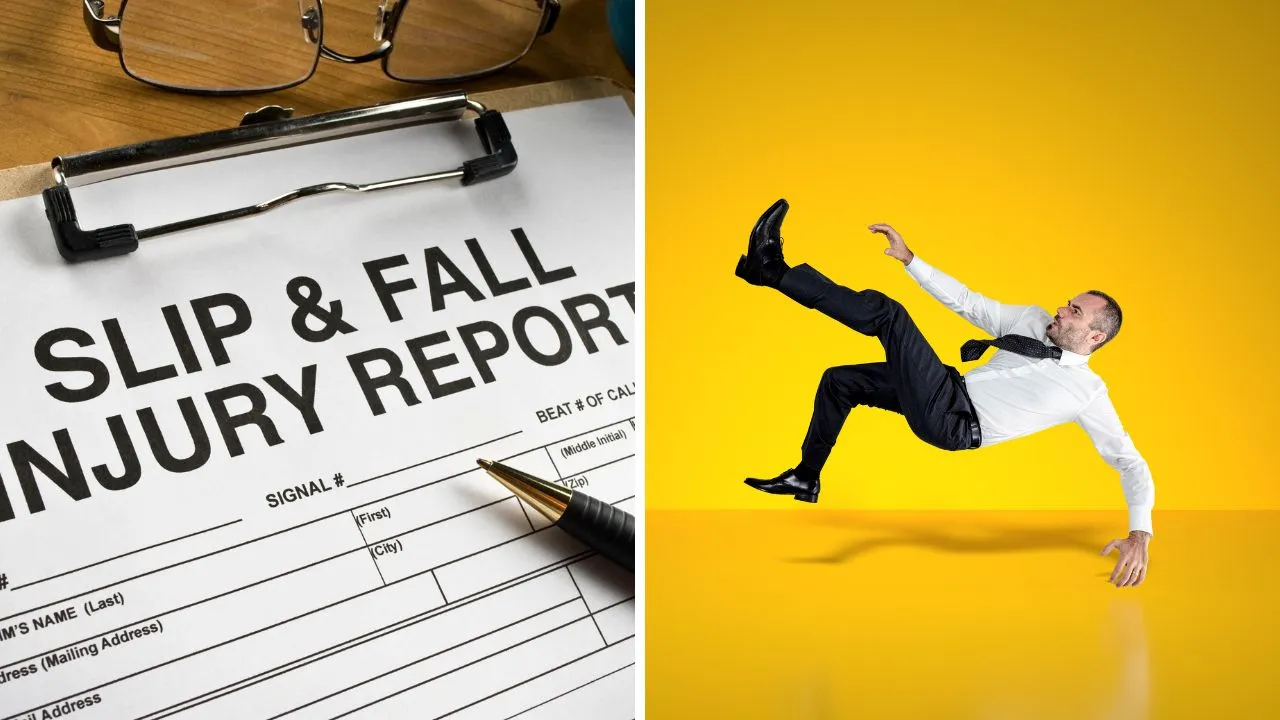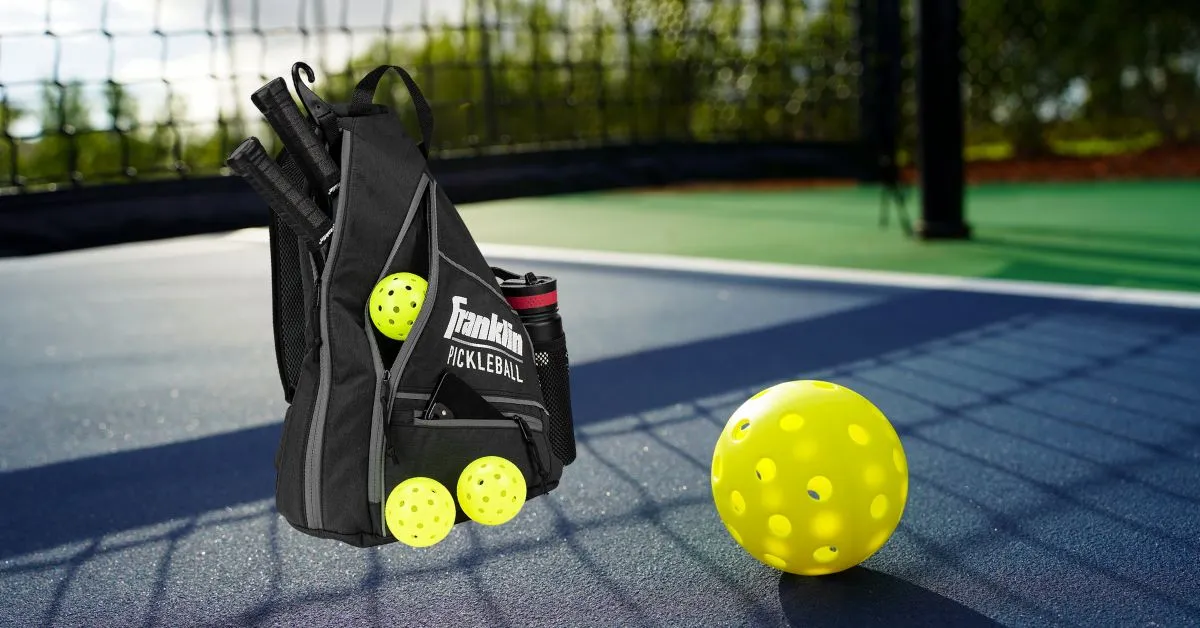Table of Contents
Did you know that slips, trips, and falls account for a significant number of workplace injuries? One way to prevent these accidents is by wearing the right footwear. But what are non-slip shoes? Non-slip shoes are designed to provide better traction, support, and comfort on slippery surfaces. In this blog post, we will guide you through the world of non-slip shoes, helping you understand their features, benefits, and how to recognize them.
A Quick Summary For You
- Non-slip shoes provide a secure grip on wet or oily surfaces to reduce the risk of slips, trips, and falls.
- Identifying slip-resistant shoes requires looking for certification labels, and examining tread patterns & rubber soles with deep grooves for excellent grip.
- Non-slip footwear offers protection from workplace risks while providing comfort & style in hazardous conditions.




With detailed and rigorous research, we provide our readers with the finest recommendations. Our recommendations are our opinions. Our cause is backed by reader support- for every click made through one of our affiliates links, a commission may be earned at no extra expense to you! As an Amazon Associate, Reviewsopedia may earn a commission from qualifying purchases. Thank you and enjoy!


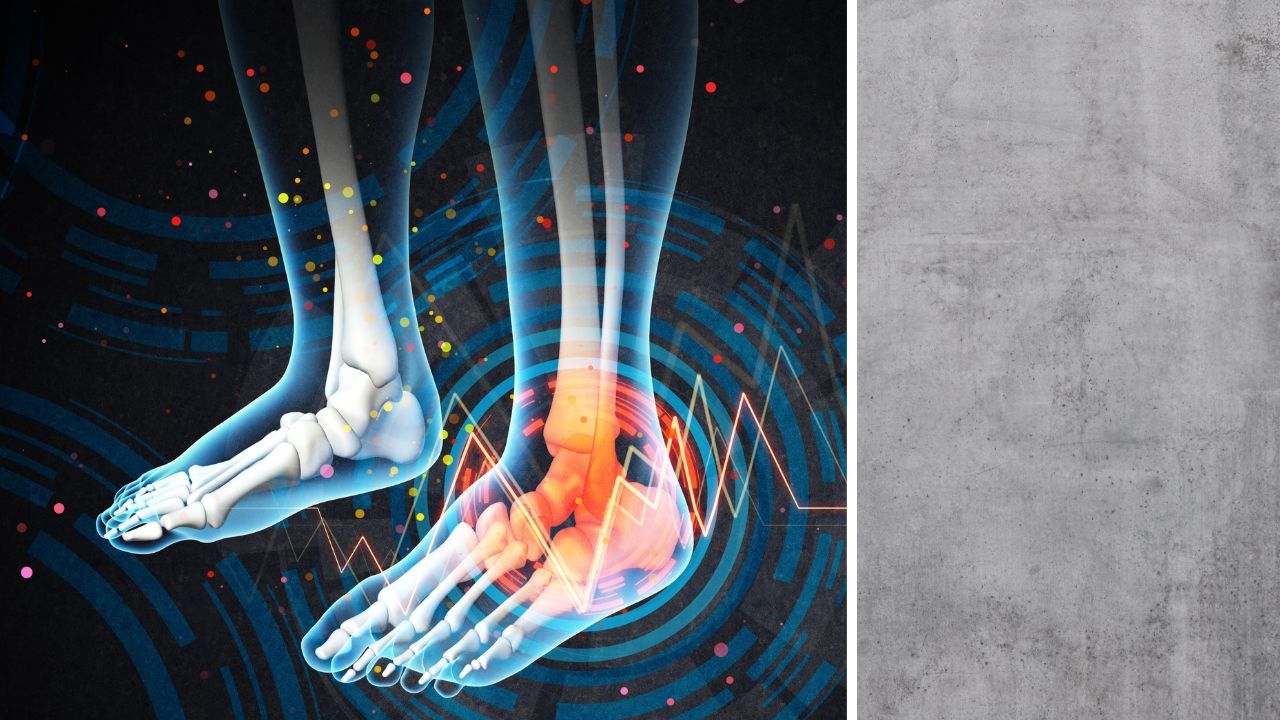
Understanding Non-Slip Shoes
Non-slip shoes are designed to reduce the risk of slips, trips, and falls on wet or oily surfaces. They feature rubber outsoles with a deep tread pattern that enhances the shoe's grip on the floor.
These shoes are specifically designed with materials and construction that provide a secure grip on slippery surfaces, making them slip-resistant.
Materials and Construction
Rubber is the main material used in the construction of non-slip shoes, providing excellent slip resistance and ensuring the safety of the wearer. The outsoles of non-slip shoes are typically crafted from rubber, offering superior traction on slippery surfaces. It's essential to examine the outsoles of non-slip shoes before purchase to ensure they are slip-resistant and will provide the required safety.
Other materials, such as sandpaper, adhesive bandages, and grip pads, can also be used to enhance the slip resistance of shoes, so make sure to look for these materials when choosing a pair of non-slip shoes.


Slip-Resistant Standards
To be classified as non-slip, shoes must pass the ASTM International F3445 standard, which mandates a minimum coefficient of friction of 0.40 on both dry and wet surfaces. The shoes are tested with a tribometer. It measures coefficient of friction, friction force and wear volume between the shoe sole and a surface. Both forward heel slip and backward forepart slip measurements must meet established requirements to qualify as slip-resistant.
By checking the label for slip-resistant certification, you can ensure your shoes meet the ASTM standards and provide the necessary protection from slips, trips, and falls.
Identifying Slip-Resistant Shoes

To identify non-slip shoes, it is recommended to look for slip-resistant certification labels on the shoe to ensure it meets ASTM standards. Additionally, examining the tread pattern on the outsole can be beneficial, as it should feature little circles, squiggles, or hexagons which generate friction and offer a decent grip on various surfaces without trapping water.
Non-slip shoes should also feature a high-grade rubber-like outsole and breathable woven uppers or easy-to-clean leather uppers. The tread's grooves should be deep and provide excellent grip on wet or oily surfaces.



Outsole Patterns
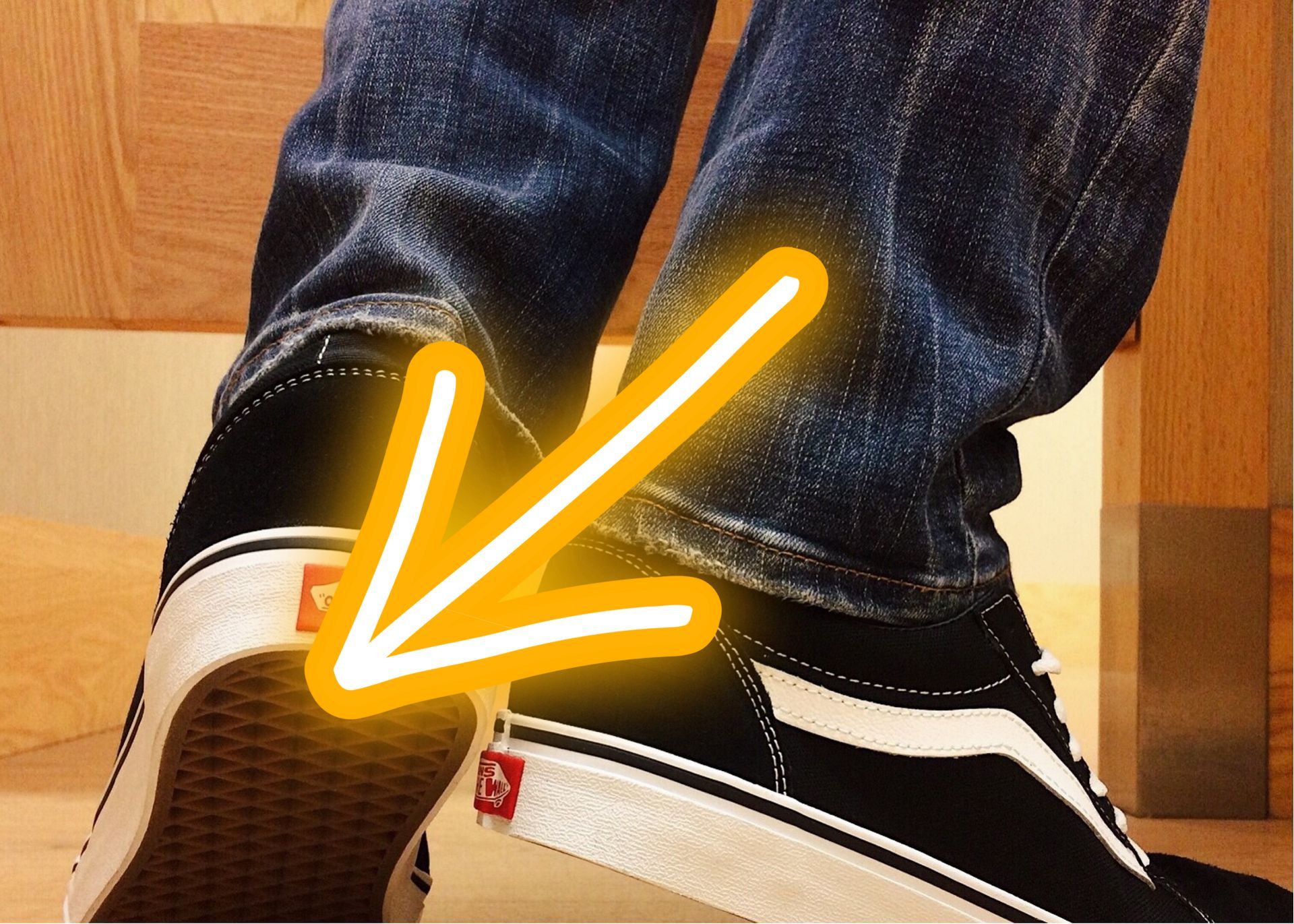
The tread pattern on non-slip shoes plays a crucial role in providing slip resistance. The small hexagons, circles, or squiggly lines on the outsole signify improved slip resistance. These patterns generate friction and offer a secure grip on slippery surfaces, ensuring your safety and preventing accidents.
Interlocked tread patterns embedded in the outsole of non-slip shoes are also important in providing enhanced grip. These patterns facilitate the channeling away of water and oil, increasing surface contact and reducing the risk of slipping.
Slip-Resistant Certification
When choosing non-slip shoes, it's vital to look for slip-resistant certification labels on the footwear. These labels guarantee that the shoe meets the ASTM standards and provides the necessary protection from workplace risks. The American Society for Testing and Materials (ASTM) has certified the SATRA Technology Center "full shoe" method of testing slip resistance for slip-resistant shoes, which evaluates the performance of rubber shoes on wet, oily, and dry surfaces.
By verifying that the shoes meet the ASTM standards, you can ensure your safety and prevent slips, trips, and falls while wearing non-slip shoes.
How Non-Slip Shoes Provide Safety
Slip resistance refers to a shoe's ability to provide sufficient friction to avoid slips and falls. Non-slip shoes feature a tread pattern on the outsole that provides adequate friction, as well as uppers that grip the wearer's feet securely to avoid heel slippage. A soft rubber sole combined with an appropriate tread pattern is essential for slip resistance.
A National Library of Medicine study found that slip-resistant shoes are effective in reducing slips and falls. Subjects wearing them experienced a 37 percent reduction in the rate of slipping and 49 percent in the rate of falls due to slipping. This highlights the importance of wearing non-slip shoes to ensure your safety in various environments.


Tread Design and Function
The tread design on non-slip shoes enables the footwear to provide a secure grip on the floor while avoiding the accumulation of water or other spilled liquids. A soft and sturdy rubber sole with a hexagonal tread pattern is the most effective for providing an optimal grip pad.
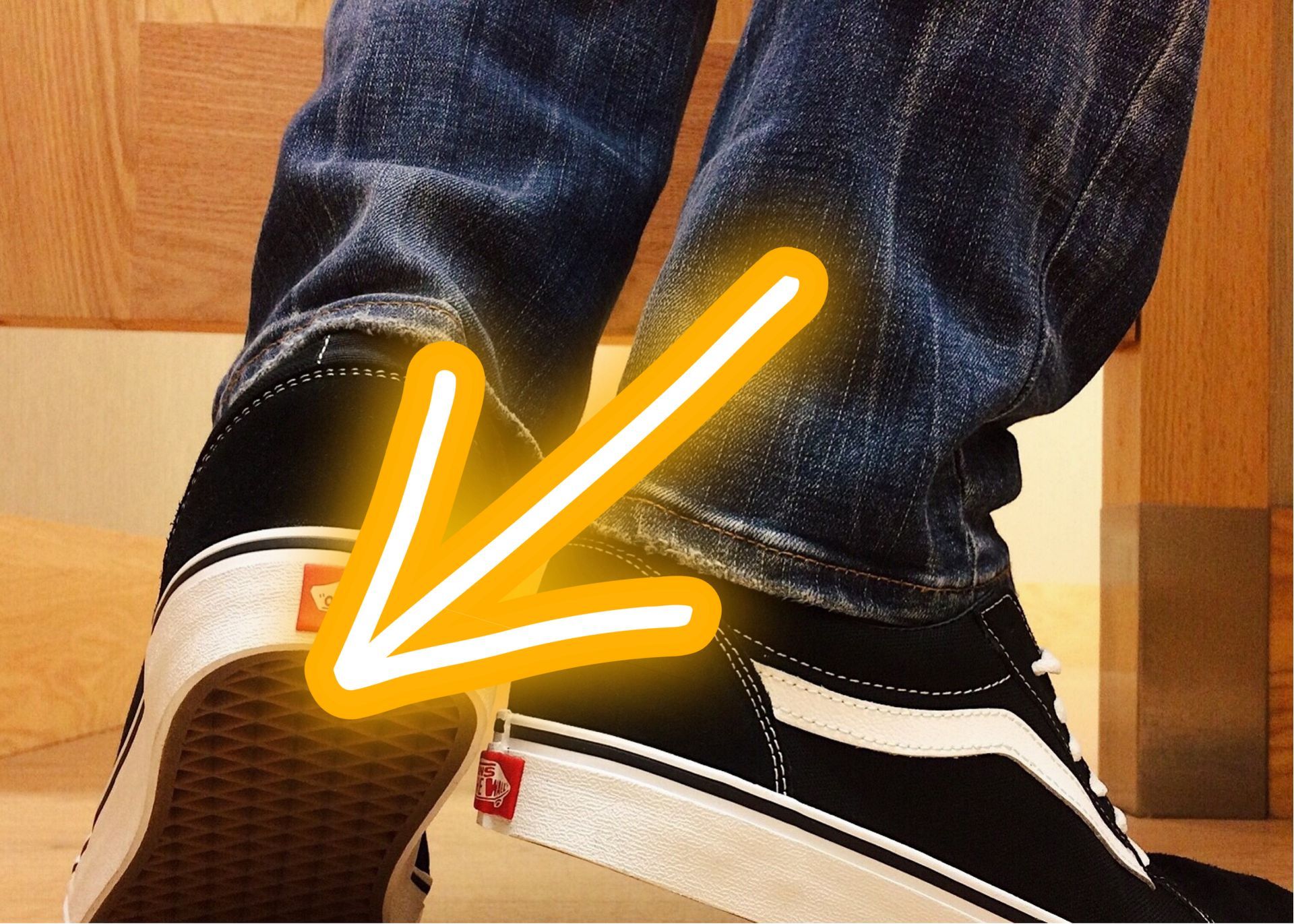
The interlocked tread pattern on non-slip shoes facilitates the channeling away of water and oil and provides increased surface contact for enhanced grip. The hexagonal tread pattern offers a reliable grip on a variety of surfaces and effectively expels any water, oil, or other liquids from the bottom of the shoe.
Upper Support and Comfort
The upper support of non-slip shoes refers to the component of the shoe that encases the foot and ensures stability. It is typically crafted from a variety of materials to ensure breathability, support, and comfort. Shoes constructed with superior cushioned insole support and a supportive foundation can enhance comfort while engaged in the activity and when resting at the end of the day.
By choosing non-slip shoes with the right upper support, you can avoid discomfort and potential injuries caused by trips, slips, and falls.

Choosing the Ideal Non-Slip Shoe

When choosing the ideal non-slip shoe, it's important to consider factors such as traction, fit, support, and cushion. Ideal non-slip work shoes should feature anti-slip soles, and orthotic arch support, and be designed to prevent injuries and discomfort for those who work long hours on their feet.
By selecting the right non-slip shoes, you can ensure your safety and comfort in various environments, whether you're working in a slippery warehouse or kitchen with wet and greasy floors.
Material Considerations
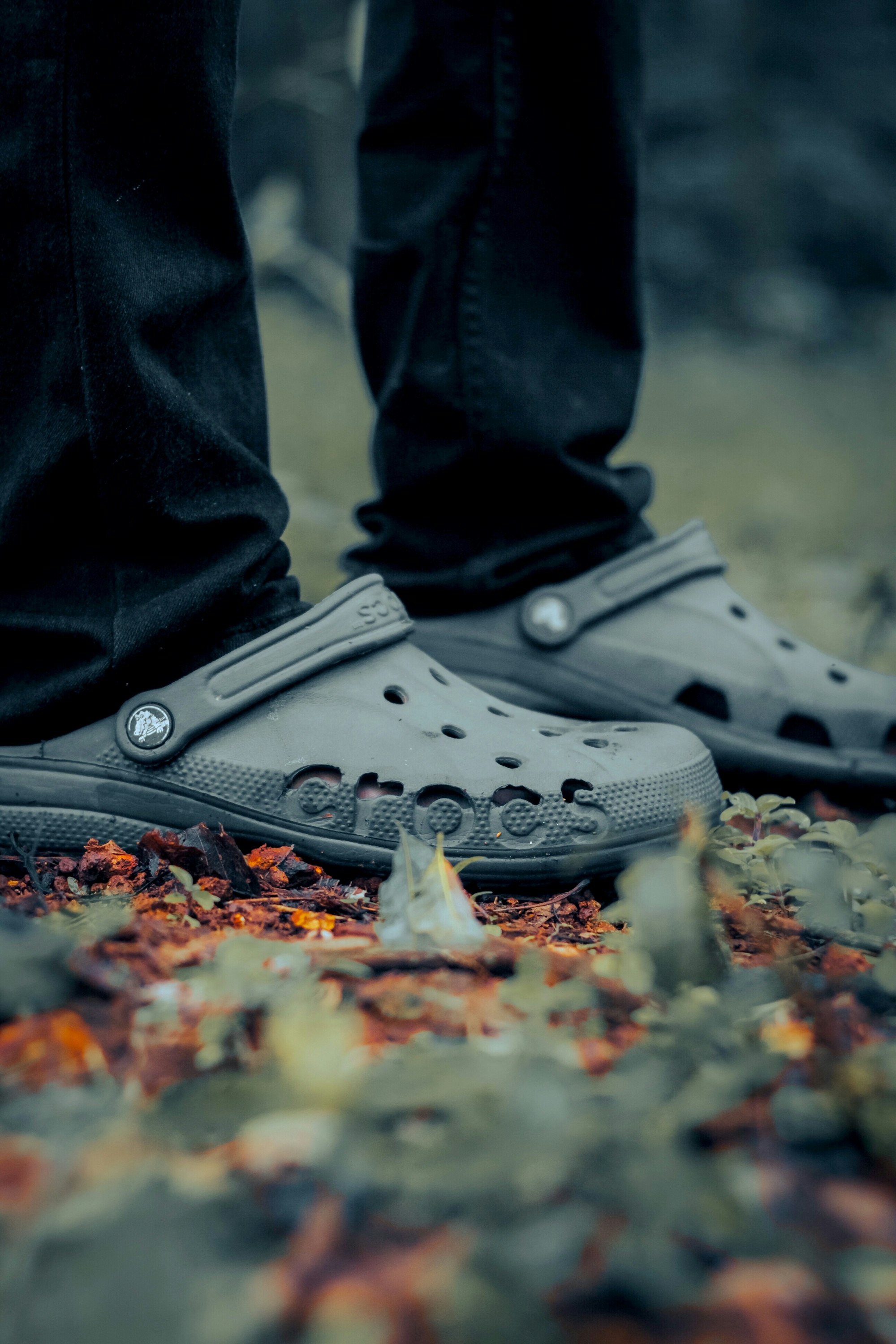
When selecting non-slip shoes, it is imperative to consider the material of the shoe upper, which can affect its anti-slip properties. Materials regularly applied for the outsole of non-slip shoes comprise PVC, PU, TPU, EVA, and rubber. Leather and polyurethane are suitable choices for the shoe upper as they are resilient and easier to clean.
High-quality rubber provides excellent grip on wet and oily surfaces, providing strong traction and making it the best material for anti-slip soles.

Reducing Fatigue and Health Risks
Non-slip shoes offer improved cushioning and support, thus reducing fatigue and discomfort for those who work long hours on their feet. Failure to wear non-slip shoes can increase the likelihood of slips, trips, and falls, which may result in injuries including cuts, scratches, broken wrists or ankles, concussions, etc.
By investing in high-quality non-slip shoes, you can reduce fatigue and lower the risk of workplace injuries, ensuring your safety and comfort throughout the day.
Non-Slip Shoes in Various Industries
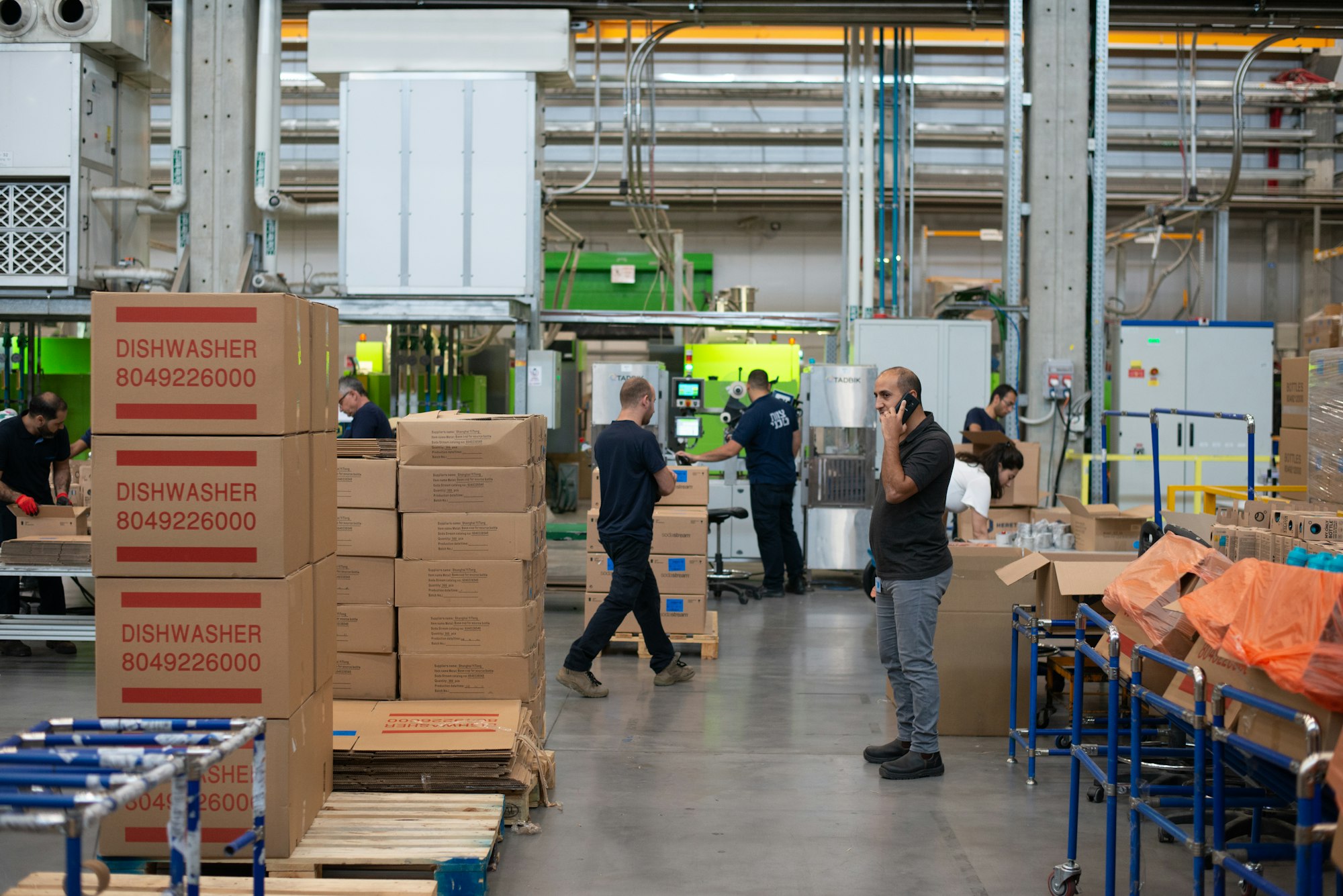
Non-slip shoes offer enhanced stability on difficult surfaces and are employed in a variety of industries for safety reasons, such as construction, as well as for outdoor activities like hiking. Workers in heavy lifting or moving industries, for example, should consider slip-resistant shoes with cleats, weight-resistant toe boxes, and heavy-duty industrial soles to ensure safety on icy surfaces.
By choosing the appropriate non-slip shoes for your industry, you can ensure your safety and comfort in various work environments, preventing accidents and injuries.
Fashionable Slip-Resistant Footwear
Gone are the days when protective footwear meant sacrificing style. Today's non-slip shoes are versatile and fashionable, making them all-around shoe to keep you protected in various situations. There are numerous options of high-quality non-slip shoes with attractive designs, ensuring you don't have to compromise on style for safety.
Non-slip shoes are an excellent solution for maintaining balance on challenging terrain, and their stylish designs make them suitable for both work and leisure activities. So why not invest in a pair that keeps you safe and looking good at the same time?
Summary
In conclusion, non-slip shoes are essential for ensuring your safety and comfort in various environments, from the workplace to outdoor activities. By understanding the features of non-slip shoes, recognizing slip-resistant certification, and choosing the right materials and construction, you can invest in footwear that provides the best protection against slips, trips, and falls. With fashionable and versatile options available, non-slip shoes are an excellent addition to your wardrobe, ensuring you stay safe and stylish in any situation.
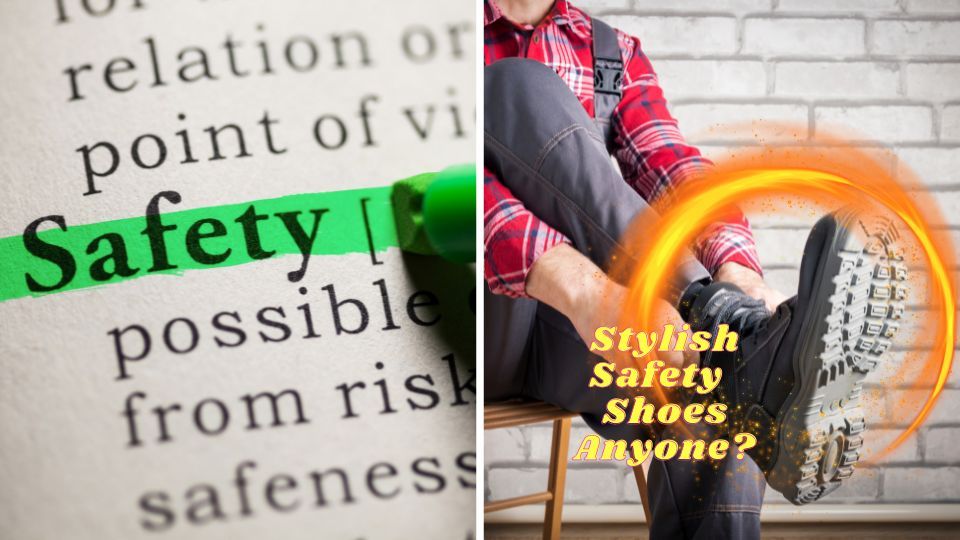
Frequently Asked Questions
How can you tell if a shoe is non-slip?
You can tell if a shoe is non-slip by looking at the label and checking for the ASTM certification. Many non-slip shoe outsoles are built to meet the ASTM standards, so this should be an indicator of their slip resistance.
Additionally, other characteristics such as tread patterns can help you determine if the shoe is designed to provide additional grip and stability.
What does non-slip shoes mean?
Non-slip shoes are designed with a special sole that can help provide an extra grip in wet and slippery conditions. This grip provides improved traction, stability, and balance for people walking on slippery surfaces.
As such, non-slip shoes are an important safety measure to reduce the risk of accidents and injuries.
Is there a difference between slip resistant and non-slip?
Yes, there is a notable difference between slip-resistant and non-slip shoes. Slip-resistant soles are made of special materials which better grip slick surfaces, providing stability and protection for the wearer in hazardous work environments.
Non-slip shoes, on the other hand, typically just have a smooth surface that does not provide the same level of traction.
Are sneakers considered non-slip?
Yes, sneakers are considered non-slip due to the rubber soles they are made from. These rubber soles allow for a strong grip that prevents slipping and sliding on all surfaces, yet their tread pattern doesn't prevent slips, especially in wet and greasy environments. That is why certain shoes that have been tested to be slip resistant are your best option to prevent slips and falls. Shoes brands such as Shoes for Crews or Skechers have very good slip-resistant shoes for those slippery environments.
With detailed and rigorous research, we provide our readers with the finest recommendations. Our recommendations are our opinions. Our cause is backed by reader support- for every click made through one of our affiliates links, a commission may be earned at no extra expense to you! As an Amazon Associate, Reviewsopedia may earn a commission from qualifying purchases. Thank you and enjoy!
Other Related Articles





